Bronze should be understood as a metal alloy based on copper, and alloying components are added to it, increasing the hardness of the finished material. The most commonly used ligatures are tin, chromium, lead, nickel, aluminum and other metals. The physical properties of the bronze alloy, as well as its color and hardness, will have different characteristics, which depend on the percentage composition of the ligature components.
Bronze, having a pronounced red tint, consists of an increased amount of copper, and if the alloy has a grayish tint of steel, then the copper content in it is reduced to 30-35%. Bronze is a popular material that is used in various economic and industrial fields.
Features
Bronze alloy consists of copper and ligature, which can be either in the form of metals or non-metals - the brands of bronze depend on this composition. Through technological experiments and scientific research, the optimal relationships between the bronze base and its components are found. As additives are most often used:
- beryllium;
- aluminum;
- zinc;
- tin;
- silicon;
- phosphorus;
- iron;
- manganese;
- lead;
- nickel.
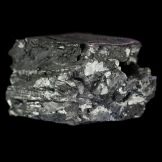

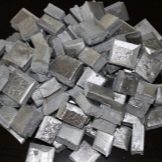

According to historical evidence, the first bronze material was created 3000 years ago and it consisted of copper and tin. In small proportions, tin gives the melted substance hardness, flexibility and facilitates the melting process itself. Tin exhibits such properties if its concentration in the material does not exceed 4-4.8%. If you take tin about 5% or more, the finished alloy will lose its flexibility, and with a tin concentration of more than 20%, the resulting material will be brittle.If beryllium is added to the smelting to copper, then the output will be a solid material with increased physical and chemical resistance.
Products from such a metal alloy can be cut or welded using any type of welding.
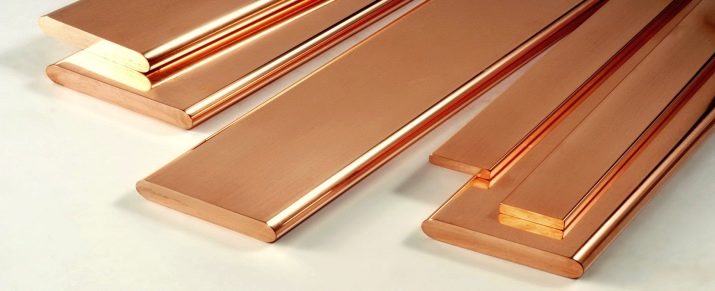
When combining copper with silicon and zinc the finished material will have good ductility, which is perfect for casting products. Finished products have increased wear resistance and do not spark during mechanical processing. In addition, bronze with a ligature of silicon and zinc has a high level of resistance to thermal compression of the metal.
If lead is added to copper, then a metal is obtained that has anticorrosive properties, is resistant to sliding and friction, and is durable and difficult to melt.

Combining copper with aluminum, it is possible to obtain a material that has a high density, a low slip index, increased resistance to rust formation and resistance to chemical aggressive environments. Such metal is suitable for cutting. If phosphorus is added to copper, then in conjunction with some other compounds of the ligature, this ingredient will reduce the acid performance of the alloy.
When any kind of ligature is added to copper, its ability to conduct heat is significantly impaired. The more ligatures in the composition of the alloy, the worse it has an indicator of the level of thermal conductivity.
As for the appearance of the bronze alloy, with a content of up to 90% copper in it, the metal will have a red tint, and with a copper content of up to 85% the material will turn out with a yellow tint.
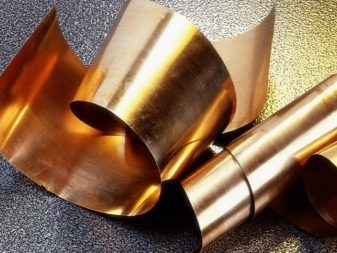
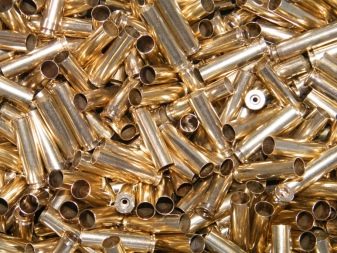
It is noted that if the alloy consists of copper only 50%, then the material from it will be white in steel color, and in order to obtain a black color, the copper concentration is reduced to 35%. Over time, all copper materials change their color: it darkens under the influence of temperature changes, acids, salts, alkalis of various concentrations.

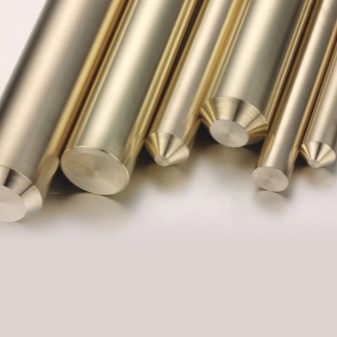
The main classification of alloys
In accordance with how many components are included in the bronze alloy, bronze is conditionally divided into two-component (metal and ligature, consisting of 1 component) or multicomponent. In addition, bronze materials are divided into tinless and tin compounds. Tin-free formulations do not contain tin. Their classification is done taking into account which metal, instead of tin, performs the function of a ligature.
Pewter
By adding tin to copper, you can get foundry alloy. But, in addition to a high melt index, this composition also has good hardness. Often zinc, lead and phosphorus are also added to such a metal. Such a ligature gives the finished material resistance to corrosion and makes it even more suitable for smelting and casting.

In tin alloy phosphorus acts as a metal deoxidizer, and zinc reduces the cost of the material due to its low price, and it does not have a special effect on the characteristics of the resulting metal. In order to save in tin alloys, it is allowed to include up to 10% of zinc. Tin grade bronze grades are a good option for machining and polishing. Finished products from tin grades will be very durable.
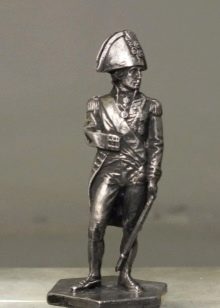

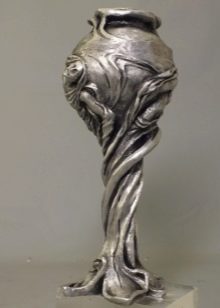
A bronze alloy that contains up to 8% tin impurities is used to stamping, rolling and forging. Such material is used to make wire, rods of various shapes, as well as sheet metal. An alloy where tin occupies up to 20% in the form of a ligature is used for the manufacture of cast products. In the process of casting, such bronze completely fills the mold and at the same time has a small fraction of shrinkage. Such material allows the manufacture of complex shaped products, as well as objects of artistic significance.
In addition, tin bronze is used for the manufacture of components and mechanisms that will work in sea water.
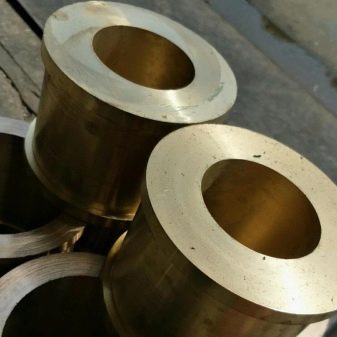
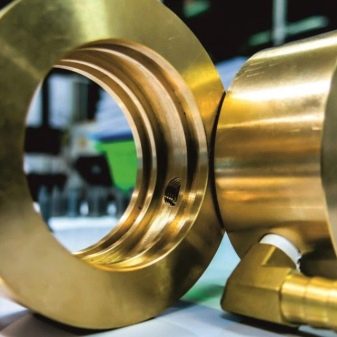
Aluminum
In bronze alloys, aluminum is often used.Ligature contains from 6 to 12% of such material. Bronze aluminum alloys can consist of one component (aluminum) or many additives, when iron, nickel and manganese are also present in the alloy. The addition of aluminum to bronze reduces the density of the finished material, so lightweight alloy is widely used in shipbuilding and aerospace industry.
Material with the addition of aluminum has greater friction strength, therefore, the alloy is also used for the manufacture of parts for machine tools, heating equipment units, road vehicles.
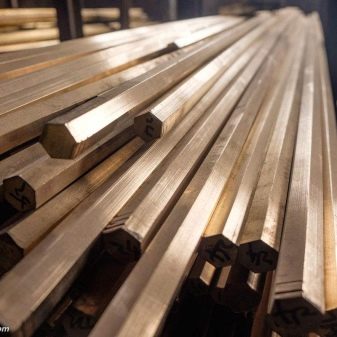

Siliceous
Silicon can be added to bronze in a proportion of 3 to 5%. The finished alloy surpasses tin alloys in its anticorrosion properties, and also has high indicators of mechanical stability and elasticity. In addition, alloys with silicon are not magnetized and lend themselves well to electric welding and soldering.
Finished copper products with silicon have high resistance to aggressive chemical environments in the form of acids and alkalis, as well as gases. Such material is used for the manufacture of gas pipelines or a sewage water system.
Silicon bronze can be additionally alloyed with manganese.
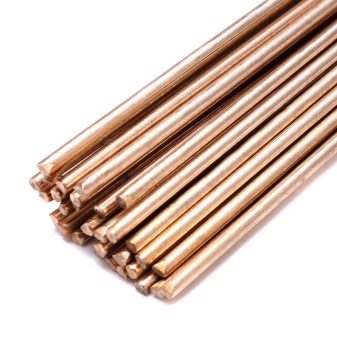
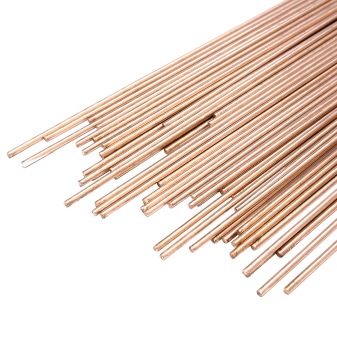
Manganese
In various industries a bronze alloy containing manganese in its composition: from 4 to 5%. The material has the characteristic features: high strength, flexibility and corrosion resistance. Such alloys make parts for various mechanisms. When the manganese content in the bronze alloy is more than 1%, the hardness of the material increases, but the viscosity and fusibility of the substance decreases.
In addition, alloys with manganese are difficult to weld.

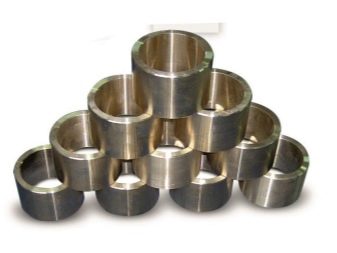
Lead
When a lead component is added to copper, a high-strength, abrasion-resistant alloy is obtained. It is used in the manufacture of bearings that rotate for a long time, under high pressure and at high speed conditions. Bronze with lead ligature is used for the manufacture of parts of devices operating in aggressive chemical environments, the material is used for protection against radiation, in the manufacture of ammunition, glass, as various printing pigments of printing ink.
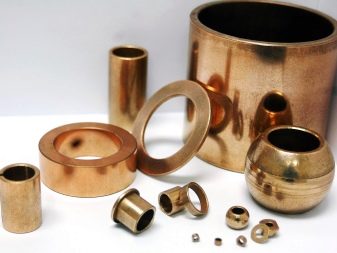
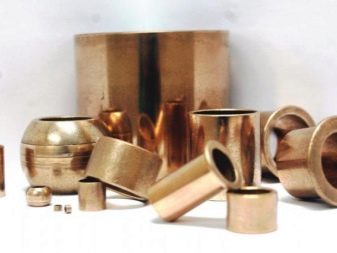
Beryllium
Adding Beryllium to Copper forms a bronze alloy, in which increased characteristics of strength, flexibility and fluidity are noted. In addition, the material has good electrical conductivity and is a heat conductor. The alloy is resistant to corrosion, it produces products in the form of springs and complex mechanisms, the material is used in electrical engineering in the manufacture of fiber optic products and microcircuits.
Beryllium bronze alloy allows you to perform the smallest details from it, which can be used in instrumentation, computer and telephone technology, multimedia devices and so on. The norm of beryllium content in the alloy ranges from 0.7-2.5%.
After special heat treatment, the alloy is quenched, which gives it properties of increased hardness.

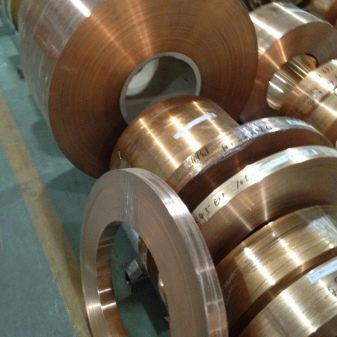
Marking
In order to distinguish bronze alloys from each other, a certain marking was introduced. And there are special technical tablesby which the technologist can determine which particular brand of bronze to use for performing a particular task, clarify tabular data on the composition of the alloy, its physico-chemical properties and application possibilities.

The existing bronze brands differ from each other in the composition of the ligature as a percentage of copper. Marking Bronze Alloys has an alphanumeric designation. For example, deciphering such a brand may mean that the letters in the name will correspond to chemical elements, and the numbers will indicate the percentage of the ligature. According to GOST, digital data do not contain indications of the content in the copper alloy, because it is clear that it is the main component.
But all the ligature norms must comply with established state standards.
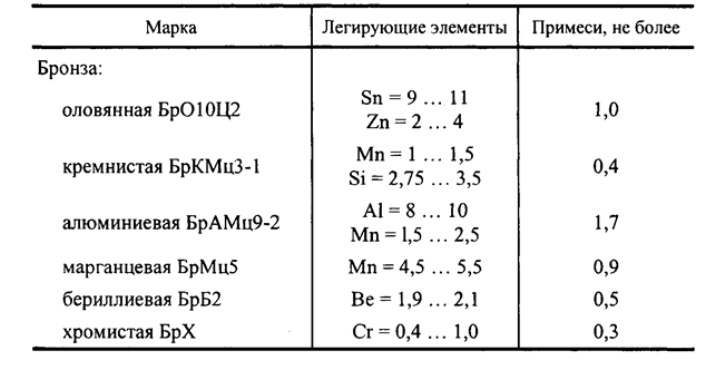
Bronze alloy is abbreviated Br. Next is the letter indicating the main component of the ligature, and then the other components. As for the numbers, they are arranged in descending order, indicating the percentage of ligature components. For example, BRAZHN 10-4-5 brand bronze is an alloy made of copper with aluminum, iron and nickel. Moreover, aluminum in the alloy is 10%, iron - 4%, nickel - 5%. The rest of it is copper.
When the brand of the bronze alloy is unknown, material is subject to chemical and physical analysis. Accurate data is needed for workers who need to determine the weight of the workpiece through the specific gravity of the alloy. Each steelmaking has its own technical laboratory, which helps to solve problems of this kind.
Bronze - what kind of metal and where it is used - see the video below.










